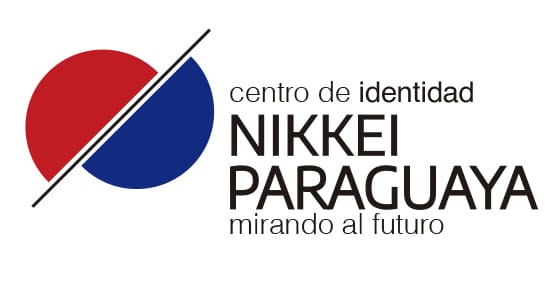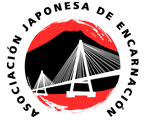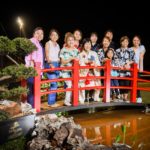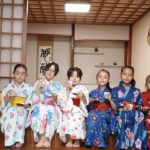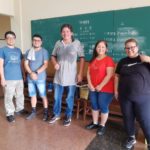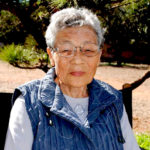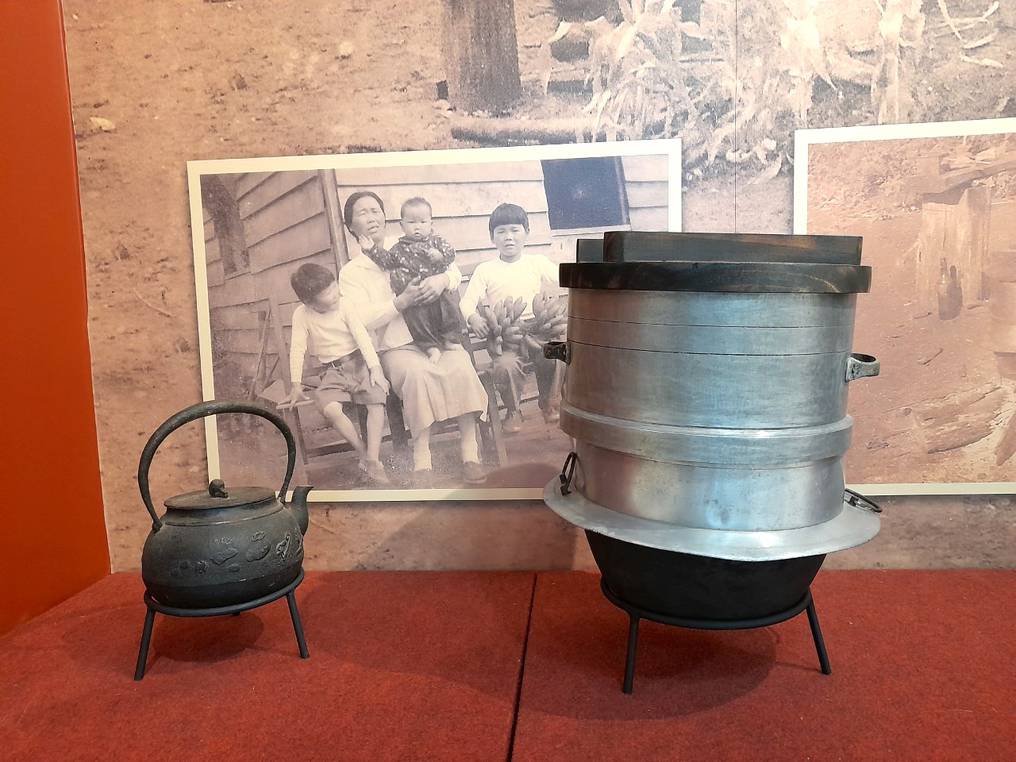
Article of the newspaper La Nación on the Nikkei Identity
We thank the newspaper La Nación for the article published on the Nikkei Identity.
NIKKEI IDENTITY - Seeking new horizons
A look at the rich life history of Japanese settlers in the department of Itapúa and Alto Paraná. In search of peace, contributing progress through the work of several generations.

Around 1953, the city of Encarnación was the main access and starting point for the colonization of the Japanese in the department of Itapúa and Alto Paraná. The towns of Federico Chávez, La Paz, Pirapó and Encarnación were the places where the immigrants settled when they arrived on Paraguayan soil, many of them arrived with the idea that, in this Guarani land, in addition to enjoying peace, they were going to generate some money after having lost everything, and that at the end of the Second World War they would return to their country of origin. However, the story was different, because when they arrived in South America, they found countless mountains and virgin land, quite far from what would be a third world city.
According to data provided by the Japanese Association of Encarnación, most of the immigrants live in America, a continent where they have established families and communities, managing to transform themselves, and the societies where they settled, as is the case of the city of Encarnación and other districts of Itapúa.
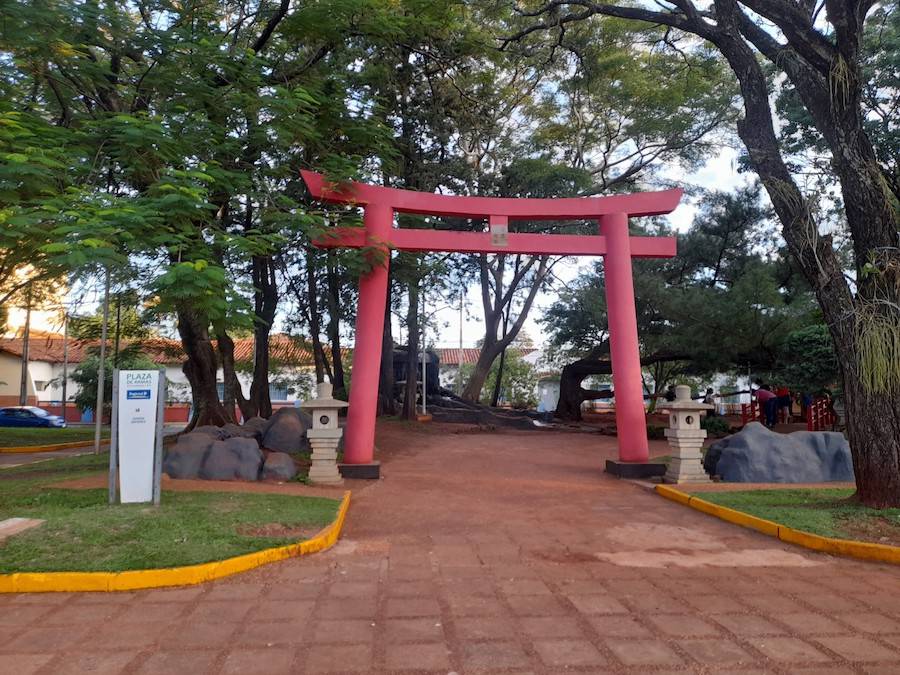
LOSE TO WIN
A difficult decision was for the Japanese to lose their land, their family, their memories, seeking to gain peace and hope of life. According to stories from the first immigrants in Paraguay, in a job done by members of the Japanese Association, everyone had to say goodbye to their lands, their affections and a part of their identity, the farewell was distressing. Next, part of the anecdotal past of those mentioned:
“In Japan, as my husband went to war, I lived with my in-laws and my children, back then life was not easy, because food was always lacking. He had mixed feelings, he wanted to stay with my mother, but also take care of my children. The decision to leave Japan was already made”, Sakae Oda.
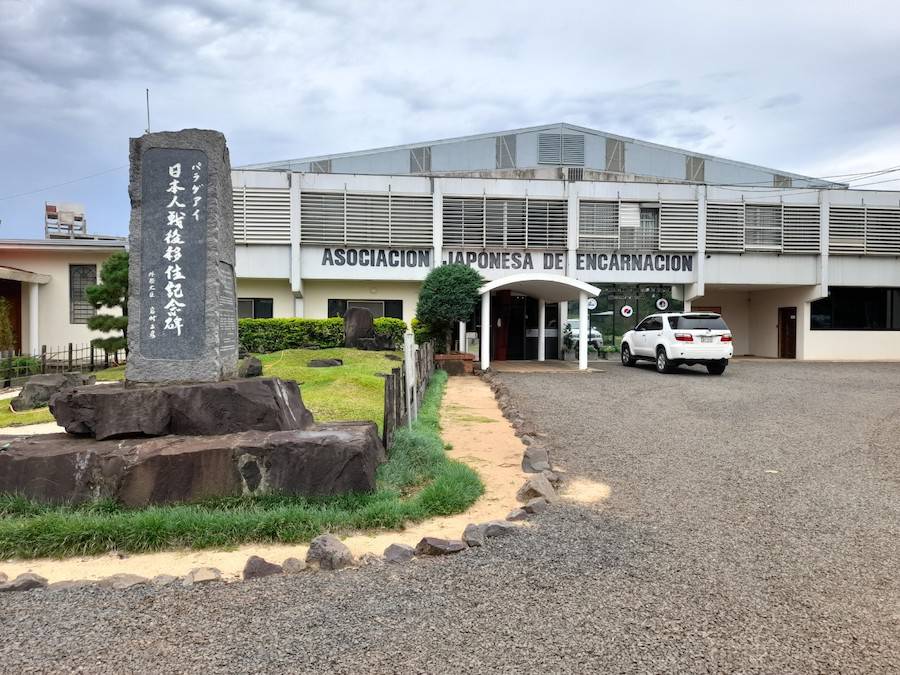
“Our rice fields were destroyed and our spirits too. We didn't want to work there anymore and that's when we heard about the emigration to South America”, Kuniharu Gono.
Kaoru Nishii recounts the following: "There was propaganda that land was cheap in Paraguay and many other things were written."
And Ryuichi Hashimoto highlights: “We wanted anywhere in America to come and live. We heard very nice things about Paraguay, that is why we have all wanted and decided to come”.
DISEMBARKING IN ENCARNACIÓN
It was so that aboard barges full of crew, traveling for months on the ocean, they undertook a journey to distant lands, seeking peace and harmony. They landed in Buenos Aires, moved to Posadas and crossed to the old Encarnación. Upon arrival they discovered that not all the land was suitable for agriculture, they slept under a tent while they built their homes little by little. One of the biggest difficulties was communication with the Paraguayans, not knowing how to speak Spanish or Guarani.
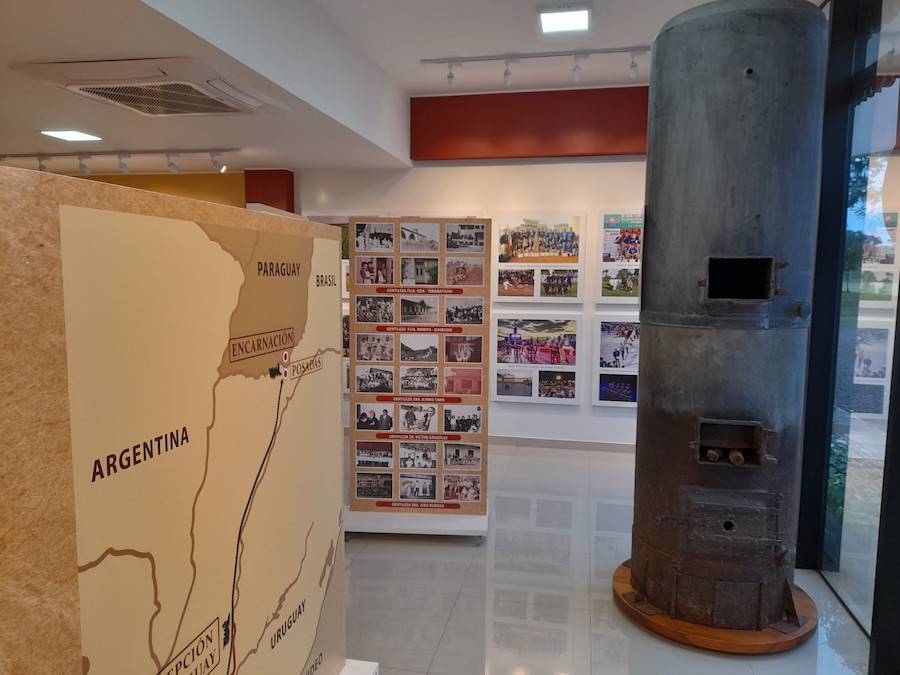
COLONIAL PROGRESS
They dismantled the place and they all lived together, what they grew first was for their own consumption. The work was incessant, so much so that they did not know Sundays, since they only rested when it rained and some of the women then took the opportunity to dedicate themselves to sewing for fun. In spite of everything they went ahead to achieve the progress of the colony.
There is no doubt that the department of Itapúa is recognized for being a melting pot, and one of the outstanding groups are the Japanese, who managed to establish their traditions and customs in the population, which is respected, valued and admired by most of the Paraguayans.
JAPANESE ASSOCIATION OF EMBODIMENT
After settling in the city of Encarnación, a group of immigrants decided to found the Japanese Association of Encarnación, with the firm objective of maintaining both the language and the traditions of Japan; seek the necessary means for the development and elevation of the cultural level of the Japanese living in Paraguay; and, promote mutual solidarity among associates. For the year 1961 they officially founded the association, Mr. Tanji Ishibashi being elected as president. And fulfilling the other objective, to maintain their language, in 1963 they enable the first grade of the Japanese language in the courtyard of a private home. Currently, they have the Nihongogakko (Japanese school) open to descendants and the general public who want to learn the language. At the beginning of the 70's they organized to form the support commission and from that year to date it is a fundamental part of the organizational chart.
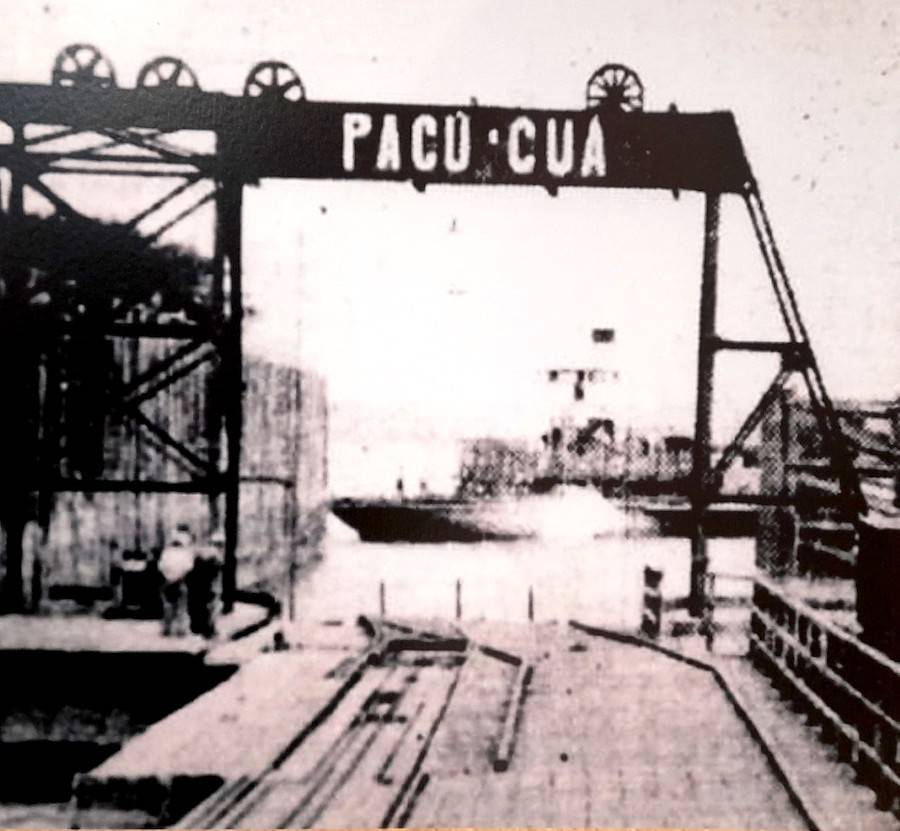
The tea house is another legacy that they intended to leave to their descendants, located within the association's property. In addition, it is added as a tourist attraction, enabled for those who are interested in participating in the tea ceremony.
PARAGUAYAN NIKKEI LANGUAGE
The linguistic miscegenation between Japanese, Spanish and Guarani is the so-called Paraguayan Nikkei language, this arose from the fact that communication was the most difficult task for the Japanese and when they encountered this problem, they solved it in their own way to be able to to understand.
Nikkei refers to Japanese emigrants and their descendants who have settled and created communities around the world. Some 10 first, second, third and fourth generation Nikkeis are believed to be in Paraguay.
IDENTITY CENTER
It is a room that shows and tells the story of the Japanese in the southern part of Paraguay, open to the general public with free access. Visitors will be able to learn through the exhibition with details of the Japanese migration to Paraguay. The photographic and object exhibition was courtesy of families of the Nikkei community in Paraguay, through the audiovisual documentaries you can observe, listen and be transported back in time with great emotion and feeling everything lived by Japanese immigrants.
It all started when they found a boiler in a small room at the back of what is now the Japanese school sector. This place was the sector of the rooms that were destined to house the immigrants who arrived from Japan. And that boiler was used to heat the water of the ofuro (type of Japanese bathtub). With that finding, they realized that it is the only thing they managed to recover from that time. The building that today belongs to the Japanese Association of Encarnación belonged back then to the institutions in charge of receiving and managing the immigrant colonies. Initially, to the Public Corporation of the Immigration Service of Japan and, later, to the Japan International Cooperation Agency –JICA–.
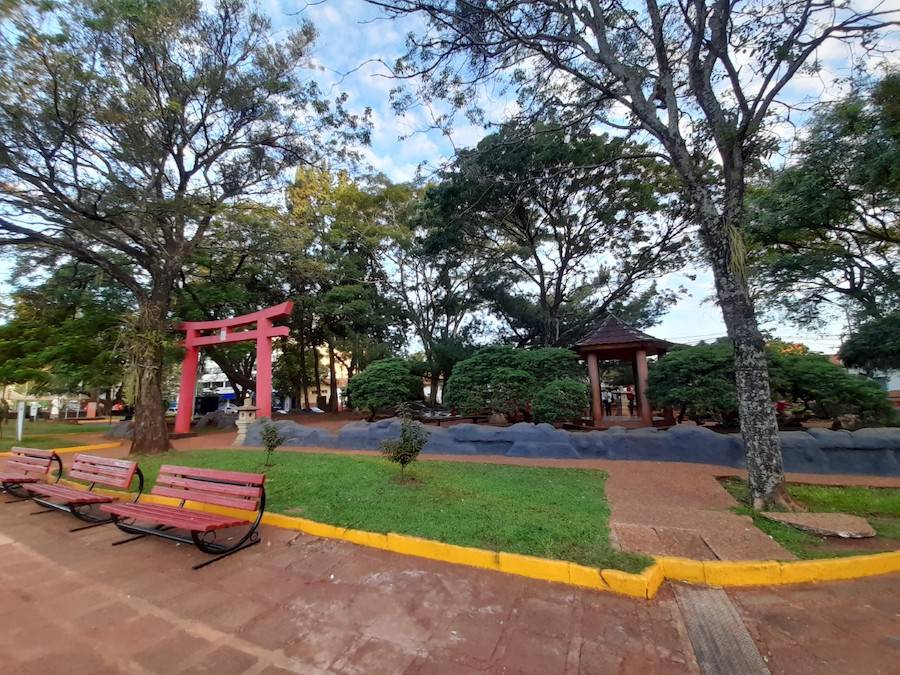
MORE ON JAPANESE CULTURE
According to the director of culture, Dr. Kiyomi Kumagai, there are several activities that take place in Encarnación so that children can learn about the culture of their roots and, therefore, society can enjoy Japanese customs, which entails a series of traditions, which are passed from generation to generation, some are:
Natsumatsuri or Summer Festival: This tradition is mainly based on thanking the gods for good harvests and ensuring that next year there is prosperity, taking offerings to the temples. Practically every year, this takes place in the city of Encarnación, an activity where you can enjoy its culture, traditional games, and its typical gastronomy, such as sushi, ika ring, yakisoba, yakitori, torinokaraage, okonomiyaki, among other dishes. In this activity the Taiko group acts on the yagura and around it the participants of the event dance. Taiko is taught in the association and children and adults participate.
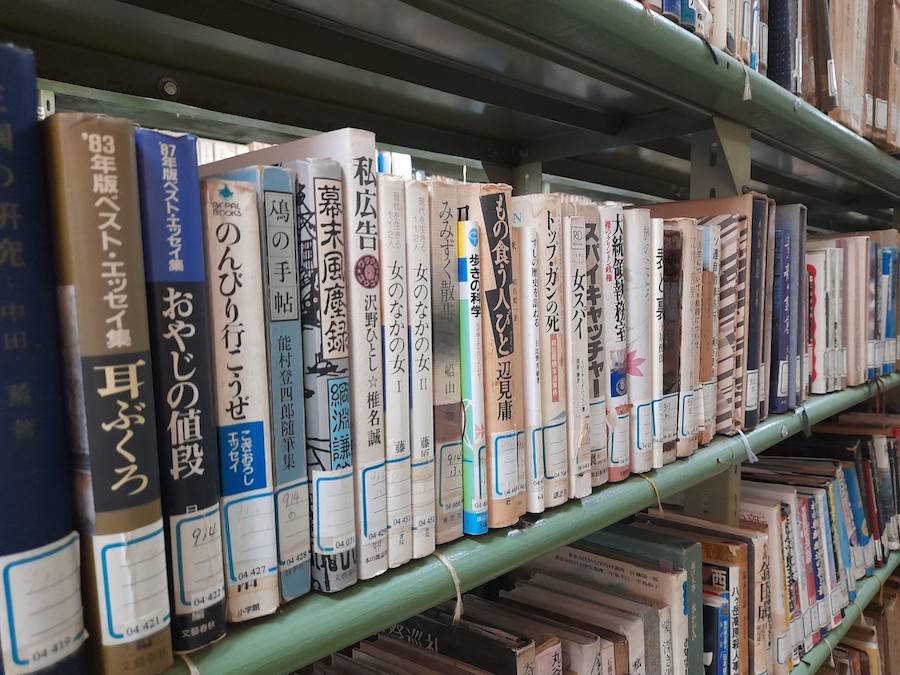
SEIJINSHIKI
In this celebration, young people who turned 20 say goodbye to their childhood and become part of society as adults.
HINAMATSURI
Every March 3, the Girls' Festival is celebrated in Japan. It is the day that families pray for the happiness and prosperity of their daughters, asking that they can help them grow up healthy and beautiful.
UNDOUKAI
It is a sports festival, where various tests are carried out, such as; throws, jumps, races, and different competitive games.
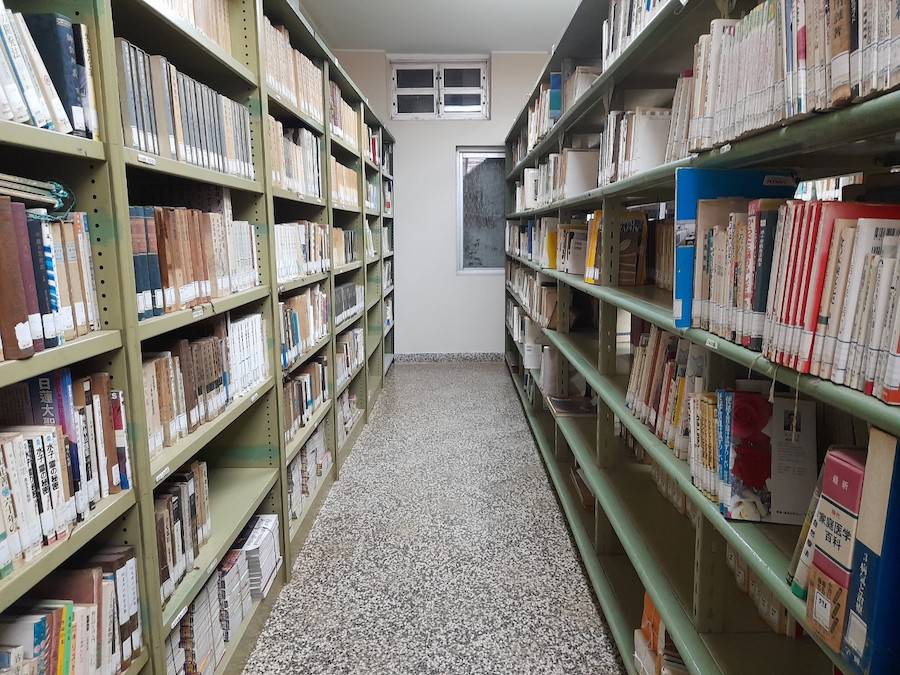
KODOMO NO HI
Children's Day is celebrated on May 5 in Japan, in which their personality is respected and their happiness is celebrated.
TANABATA
It is the Festival of the Stars, celebrated on July 7. It originates from a popular Chinese legend about two stars, Vega and Altair. Grandparents also interact here.
KEIROU NO HI
The Keiroukai or celebration of respect for older adults is a celebration in their honor, with a series of homages and tributes led by the community, where students display all their grace and creativity.
SPORTS AND MORE
As for the sport practiced in this area of the country, baseball, soccer, volleyball, chess, table tennis, sumo and sports activities for grandparents stand out.
Yosakoi: It is a dance style originating in Japan that began to be practiced in 1954, in Encarnación the Yosakoi Group, made up of children and adults of different ages, was created on October 2, 2017 and since then it has participated in different events.
This multiculturalism makes the department of Itapúa a peculiar and different country, which promotes the values and essences of the different groups of immigrants, without losing the Paraguayan tradition, thus generating an extraordinary cultural richness.
By Romina Galeano
Photos: Courtesy

